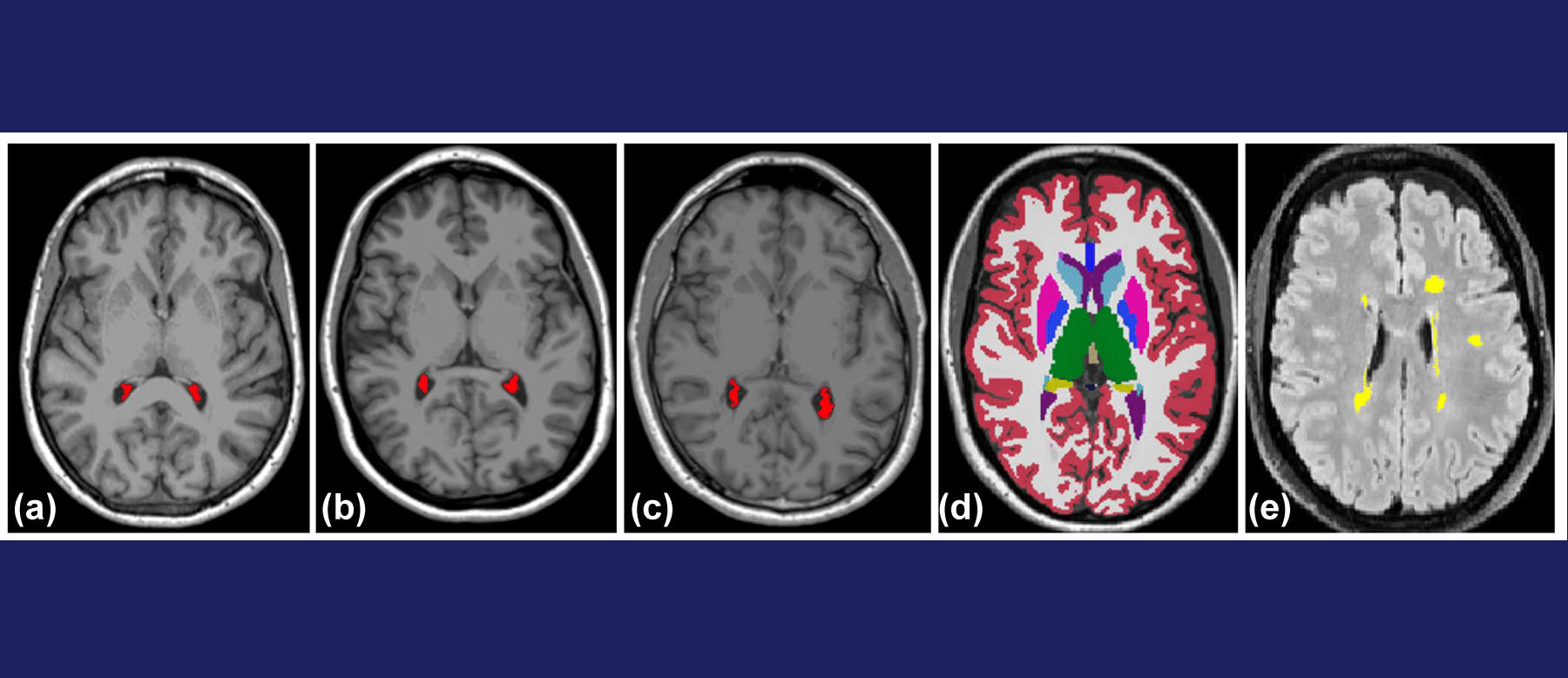June 18, 2025
Purpose of the Study
This study aims to validate the effectiveness of an RSNA 2023 Abdominal Trauma AI Challenge award-winning machine learning (ML) model for detecting splenic injuries on CT scans, using an external dataset with broad geographic and temporal variation.
How the Study Was Done
A single-center retrospective study was performed using an external dataset of 1,216 abdominal split bolus CT scans, evenly split between cases positive (n = 608) and negative (n = 608) for splenic injury. The ML model, trained on the RSNA Abdominal Traumatic Injury CT (RATIC) dataset, utilizes a multi-component architecture comprising 2D MaxVit and a 2.5D CoatNet integrated with a long short-term memory (LSTM) module for study-level predictions. Model performance was assessed using sensitivity, specificity, PPV, NPV, accuracy, F1 score, and AUC.
Key Findings
The ML model achieved strong performance in the binary classification of splenic injuries, with an AUC of 0.931 (95% CI: 0.917–0.945), an accuracy of 0.849 (95% CI: 0.827–0.868), a sensitivity of 0.747 (95% CI: 0.711–0.780), and a specificity of 0.951 (95% CI: 0.930–0.965). For high-grade splenic injuries, the model demonstrated an AUC of 0.950 (95% CI: 0.932–0.968), accuracy of 0.928 (95% CI: 0.912–0.941), sensitivity of 0.719 (95% CI: 0.643–0.784), and specificity of 0.958 (95% CI: 0.944–0.968). The results support its potential clinical use for quick and accurate diagnosis in splenic trauma patients.
Who Performed the Study
The study was led by Drs. Errol Colak and Anish Kirpalani, along with a team from Toronto Radiology at St.Michael’s Hospital and NVIDIA. Authors were Anish Kirpalani, Théo Viel, Zixuan Hu, Hui Ming Lin, Sebastiaan Hermans, David Gomez, Robert Moreland, Shobhit Mathur, Aaditeya Jhaveri, Matthew Wu, Paraskevi A. Vlachou, Monica Tafur, Ervin Sejdić & Errol Colak.





